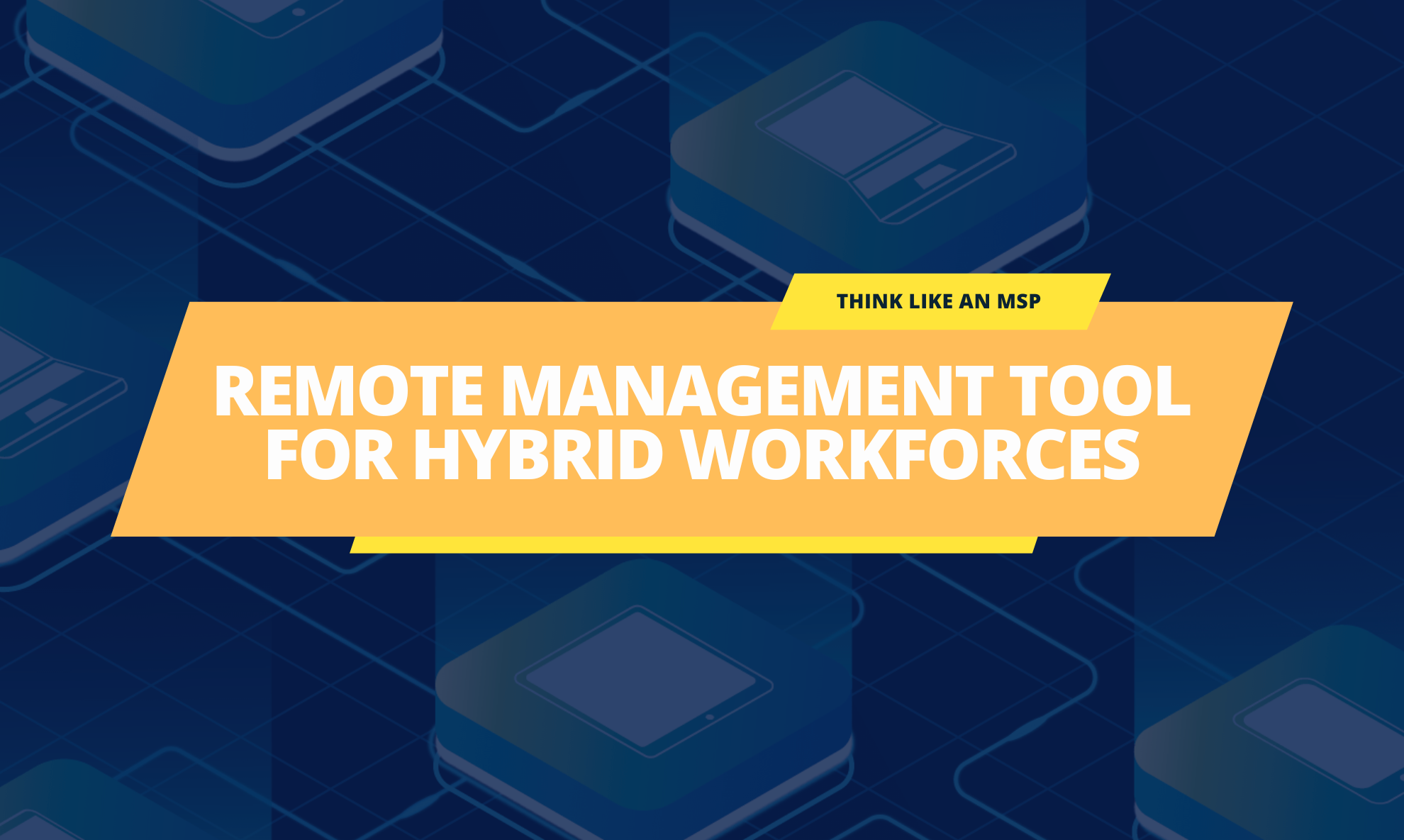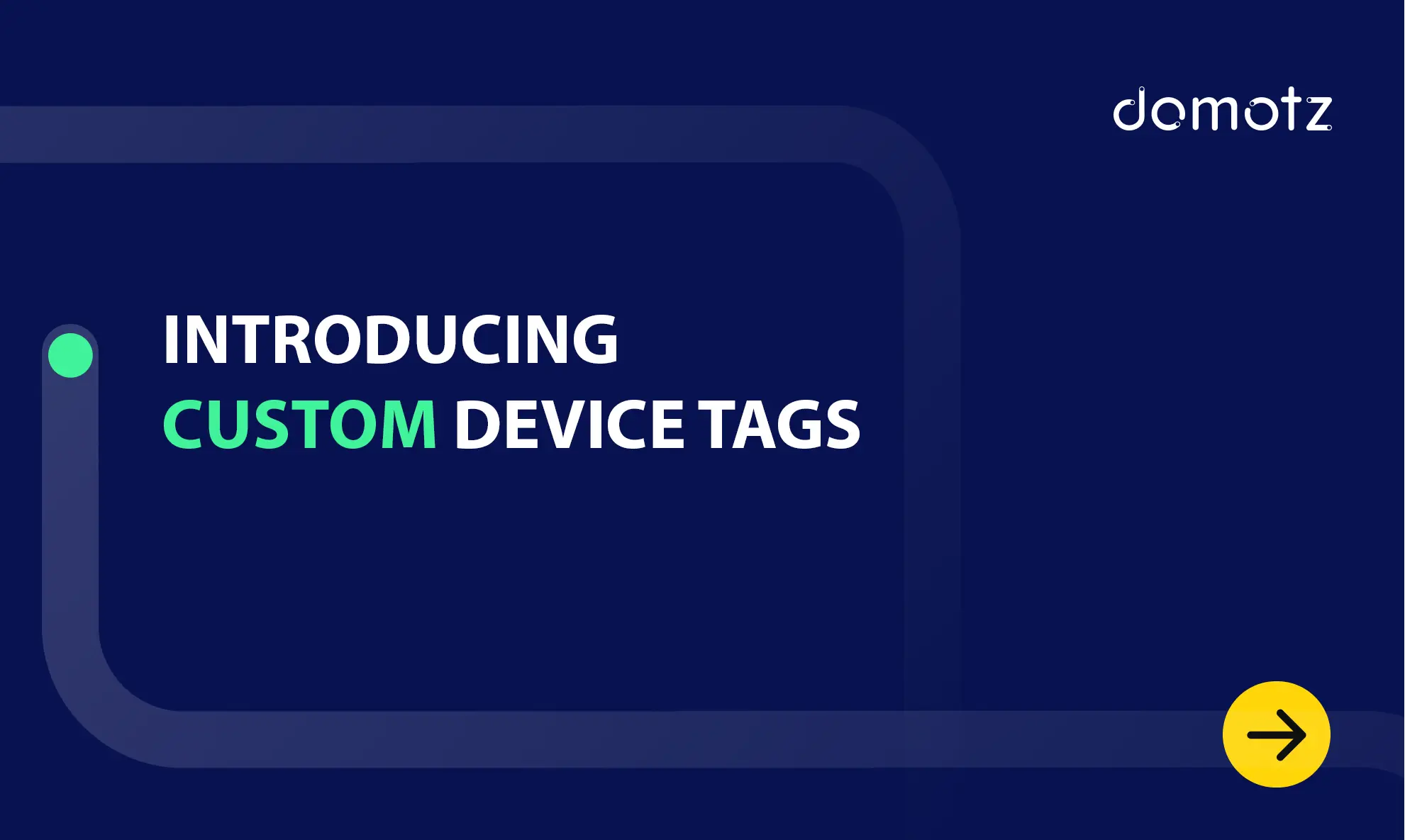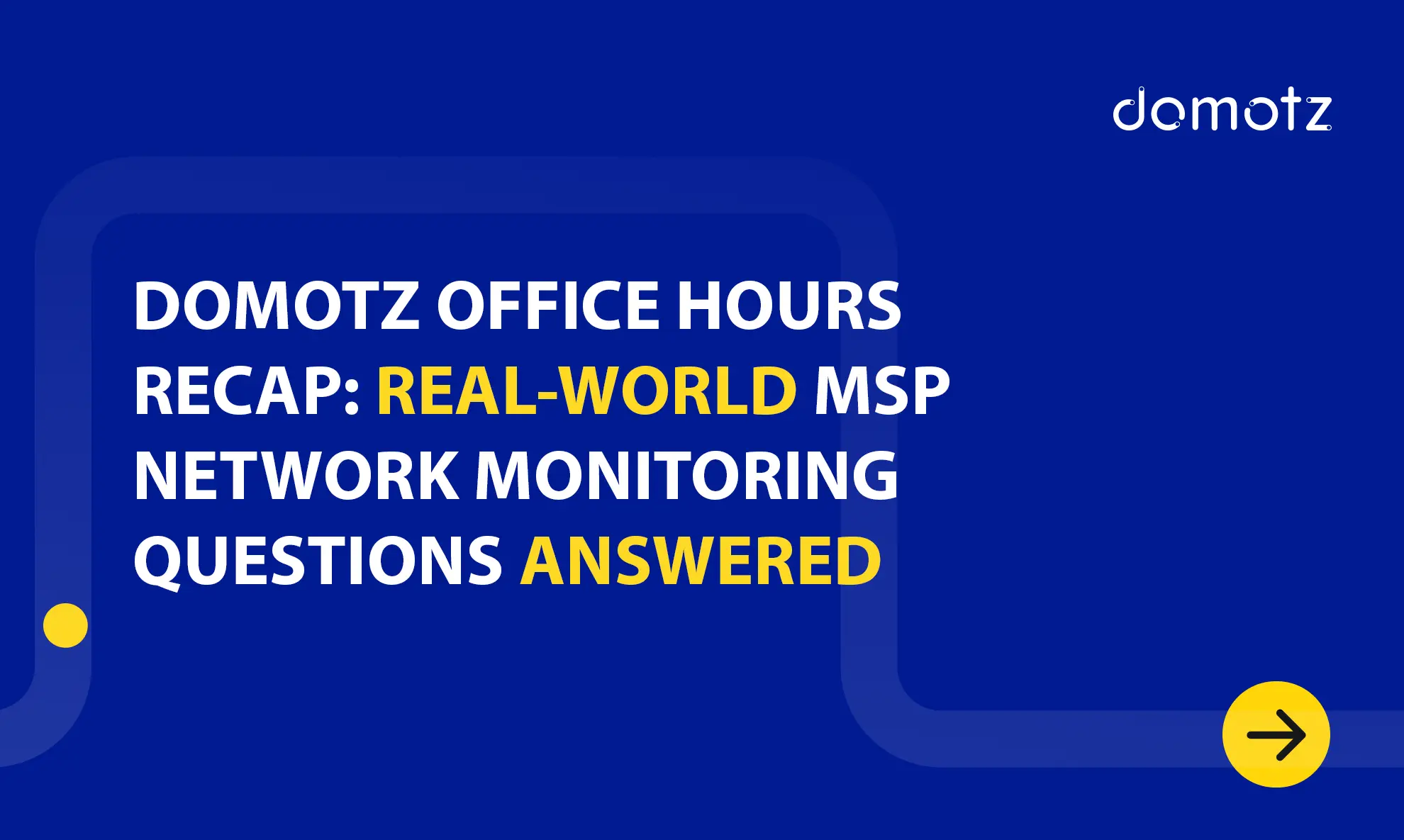Using remote network monitoring and management software is important to the success of your managed service provider (MSP) business because it allows you to evaluate the performance of the networks, devices, and any other asset at all times, in real time and from anywhere. In other words, remote management software allows you to have greater visibility of the networks you manage and provide a better service to your clients.
In this post, we’ll explain what remote management software is and the benefits it can offer your remote team.
What is Remote Management Tool?
Remote management is a process of evaluating the performance of your network to check everything is operating correctly and efficiently with no issues that will impact your business. Your business running smoothly has a positive impact on the service that you offer to your clients. Learn more about network monitoring software and the advantages it offers MSPs and IT Professionals.
How do Remote Management Tools Work?
Remote management systems offer features that allow you to monitor the performance of your business’s network and systems. These tools help you proactively identify network and device issues before things go wrong so you can react immediately.
What are the Benefits of Using Remote Management Tool as part of your MSP tech stack?
Remote management systems offer a range of benefits to your MSP as the software allows you to improve the way you monitor and manage your client’s networks remotely. In other words, with so much data to check and track on every network, it can quickly become overwhelming. This could become especially complicated if you need to physically travel to clients’ sites to check on them.
This is where the benefits of having a remote network monitoring system in place come into play. These tools allow you to work in a far more efficient manner. You can deal with issues proactively in real time before it becomes a real problem for your client. A network monitoring system helps you keep tabs on whether all devices are functioning correctly, that they are online, and performing as expected.
Here’s a list of 4 benefits of how remote monitoring software can help your remote team:
1) To improve network observability
When it comes to IT systems, network observation is highly important. So are the tools you use to observe your networks.
A remote monitoring and management system can offer you extra control of all the systems you’re watching. Once there is a tool keeping track of your endpoints on the network, you’ll be able to proactively monitor and resolve issues in real-time. Poor visibility is one of the main reasons for cyber security attacks and other security threats.
Domotz network monitoring and management software, for example, can help you improve your network observability by keeping track of all your connected endpoints. To clarify, Domotz scans your network to automatically discover and identify devices and captures details including make, model, MAC address, location, zone, and much more. In addition, Domotz provides you with an automated network topology mapping that shows how devices are connected to each other and where they sit on the network – all in an intuitive and easy-to-navigate interface that you can access from a remote.
2) To avoid performance issues
Another major benefit of using a network management system is that it enables you to keep your networks running more smoothly. After that, such a system allows you to easily identify and locate an issue and resolve it faster before it becomes a real problem. Being able to remotely detect network performance issues is the first step in resolving this issue to prevent major problems. Additionally, a network monitoring software allows MSPs and IT Professionals to remotely perform configurations and updates without physically accessing the devices, leveraging features like remote access. This gives back time to instead allocate resources to more valuable projects.
You can also use the remote power management feature to power or reboot devices directly from Domotz, all remotely. You can control individual ports on a managed network switch, Smart Plugs, and PDUs or even keep sleepy devices awake. Learn more about remote power management on our Help center. Find some easy steps to power cycle directly in Domotz in our blog post.
3) To improve network security
As the pandemic continues, IT security for home workers is still one of the main challenges for organizations across all industries. According to a Gartner survey, 82% of the companies plan to allow their employees to work remotely some of the time if not full time. As a result, network security is a challenge and it requires companies to put in place procedures and best practices to adapt to this new hybrid workforce. Consequently, this means the challenge of keeping these increasingly complex systems and devices operational, secure, and efficient falls on IT departments, MSPs and IT experts at various levels.
What monitoring and management software can do in this case is to help IT teams identify and categorize network security threats, irregularities in internal systems, and periodically assess the IT infrastructure reliability. The tools that network monitoring and management systems offer also focus on identifying key areas of risk and mitigating that risk to the highest level.
Domotz, for example, offers features like network security scans which allow you to detect intruders and most importantly, to receive network monitoring alerts about new devices on the network. In this way, you are risk-informed, you have the possibility to mitigate risks on time, and finally, build trust and create a security culture among your clients.
Read more on how a network monitoring system can improve your network security.
4) To develop remote work policies
Pandemic or not, remote work is here to stay to keep employees happy and productive. With even more technology to manage with the new hybrid remote working model, the need for long-term remote work policies seems obvious.
Remote management software gives you all the information about how the systems are performing, when is the right moment to take action on an issue, and the areas that need improvement.
Here are some tips on choosing the right hybrid workplace technologies to power your business and develop remote connectivity technology and standards. For instance, this can include the process of onboarding a new employee remotely, how to provide support for remote work, etc.
To sum up, you likely have more hybrid clients to serve, which means your workload for securing and monitoring networks and ensuring they perform has gone up 10 fold.
Using a network monitoring system will help you work much more efficiently from remote, so you will have less time-consuming site visits and more time to provide better service to your customers.
Don’t do things the old way, new technology is here to help you!
Further reading:
- Ransomware Prevention – What can your business do about ransomware?
- MSP onboarding checklist – Documenting a new customer’s network with Domotz
- MSP Business Plan – 6 things to have in your MSP Business Plan
- 6 reasons to add a network monitoring system to your MSP tech stack



